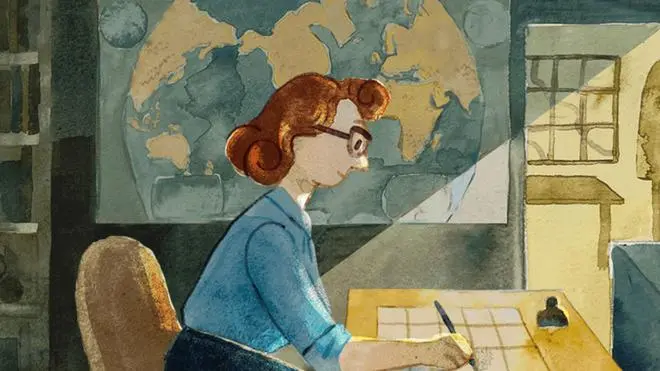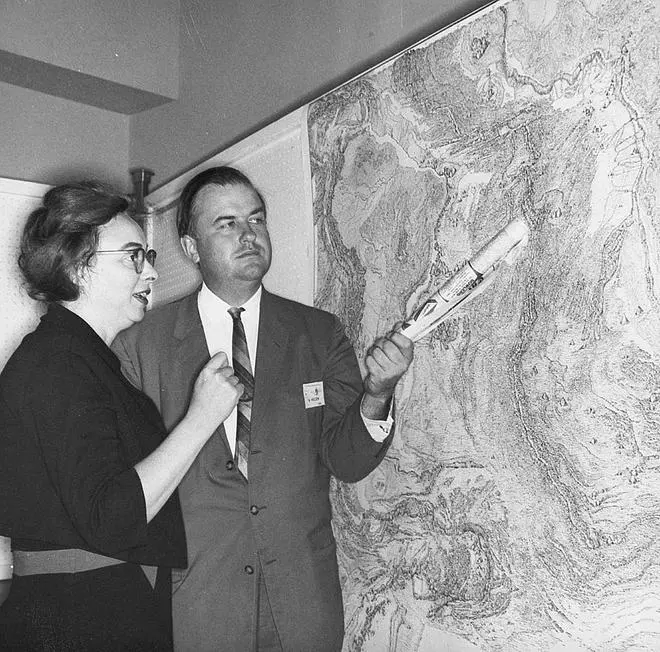Google dedicated a doodle to Marie Tharp, an American geologist and oceanographic cartographer, who helped prove the theories of continental drift. Google said she co-published the first world map of the ocean floors.
On this day in 1998, the Library of Congress — which celebrated the 100th anniversary of its Geography and Map Division — named Tharp one of the greatest cartographers of the 20th century.

Illustration of Marie Tharp by Google
The doodle features an interactive exploration of her life.
It is narrated by Caitlyn Larsen, Rebecca Nesel, and Dr Tiara Moore, whom Google introduces as the three notable women currently living out Tharp’s legacy by making strides in the traditionally male-dominated ocean science and geology spaces.

Who was Marie Tharp
Marie Tharp was born on July 30, 1920, in Ypsilanti, Michigan.
“Tharp’s father, who worked for the US Department of Agriculture, gave her an early introduction to mapmaking,” Google noted.
She completed her master’s degree in petroleum geology from the University of Michigan. In 1948, she moved to New York City and became the first woman to work at the Lamont Geological Observatory, where she met geologist Bruce Heezen.
Also read: Google Maps gets new AR feature
Tharp’s discoveries

Marie Tharp and Heezen
“Heezen gathered ocean-depth data in the Atlantic Ocean, which Tharp used to create maps of the mysterious ocean floor. New findings from echo sounders helped her discover the Mid-Atlantic Ridge,” Google said.
Tharp and Heezen co-published the first map of the ocean floor in North Atlantic in 1957. Plate tectonics and continental drift were no longer just theories—the seafloor was undoubtedly spreading.
Google said: Twenty years later, National Geographic published the first world map of the entire ocean floor penned by Tharp and Heezen, titled “The World Ocean Floor.”

Marie Tharp
According to Google, Tharp donated her entire map collection to the Library of Congress in 1995.
In 2001, the same observatory where she started her career rewarded her with its first annual Lamont-Doherty Heritage Award.
She died on August 23, 2006, in New York, US.
Also read: YouTube Music redesigns ‘Now Playing’ screen








Comments
Comments have to be in English, and in full sentences. They cannot be abusive or personal. Please abide by our community guidelines for posting your comments.
We have migrated to a new commenting platform. If you are already a registered user of TheHindu Businessline and logged in, you may continue to engage with our articles. If you do not have an account please register and login to post comments. Users can access their older comments by logging into their accounts on Vuukle.